From Kimi Raikkonen emulating compatriot Mika Hakkinen to why Mercedes won't run away with the race, and from the threat of rain to the optimum strategies, we break down the key themes to look for in Sunday’s race in Spielberg…
Ferrari's long-run pace means Mercedes won't escape
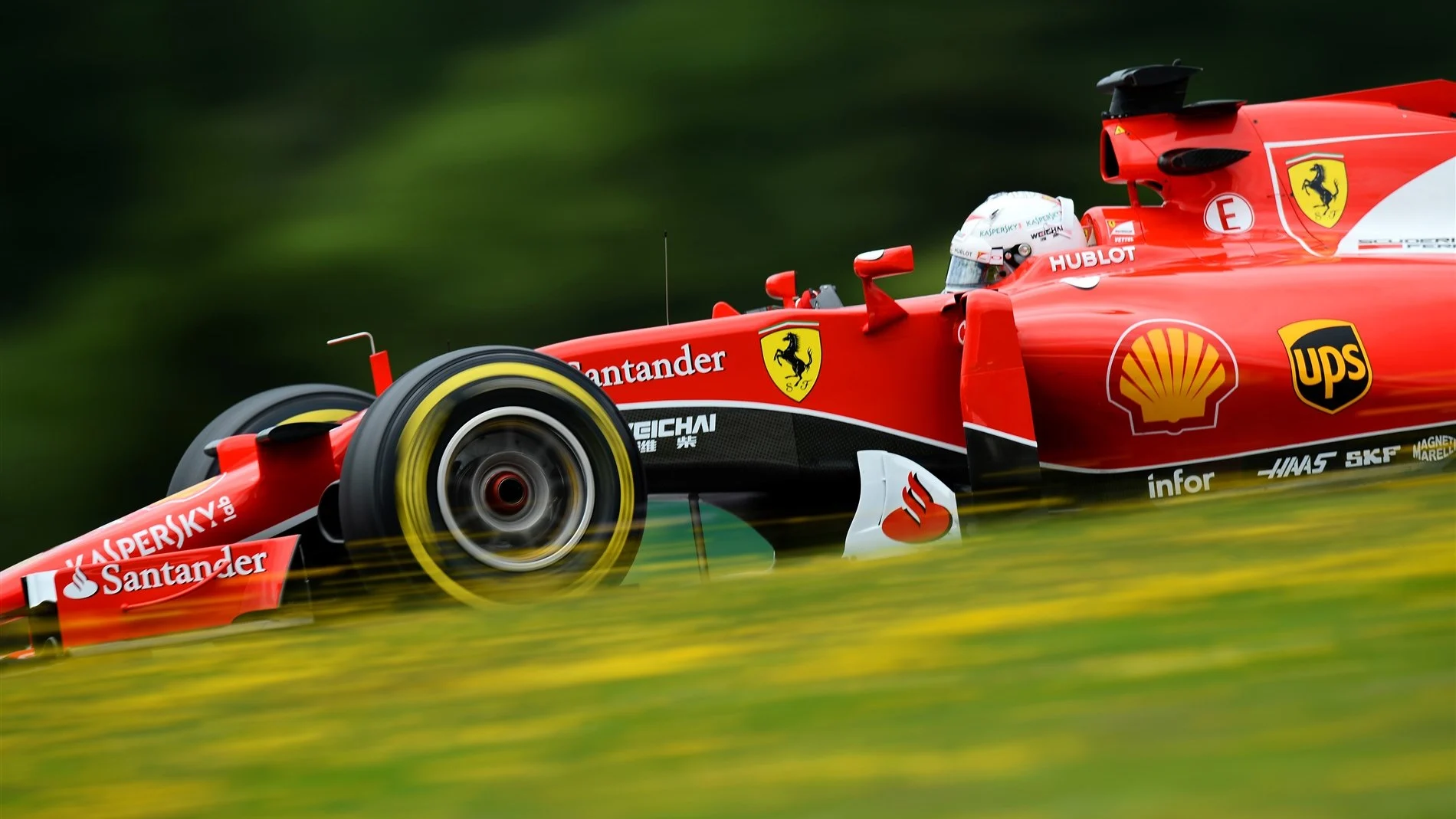
After showing an impressive turn of speed in practice, Ferrari had been tipped to give Mercedes a real run for their money in qualifying. But while they ultimately fell short of that goal - Sebastian Vettel ending up just over three-tenths back from Lewis Hamilton in third - the Italian team and their German driver remain quietly confident about their chances of challenging the Silver Arrows in the race.
Why? Ferrari always tend to race much stronger than they qualify, but over long runs in FP2 their pace looked particularly impressive - significantly better in fact than that of Mercedes. Admittedly some of that advantage was down to an unusual level of inconsistency from Hamilton and team mate Nico Rosberg, but at least part of it can probably be attributed to the chassis and engine upgrades Ferrari have introduced recently.
"I feel very good in the car and the pace is good as well," said Vettel after qualifying. "For the race we're not the favourites, but we'll push hard and try to put some pressure on the Mercedes."
Indeed, if the weather stays dry, it seems very unlikely that the silver cars will scamper off into the distance as they did in Canada.
Williams could be dark horses
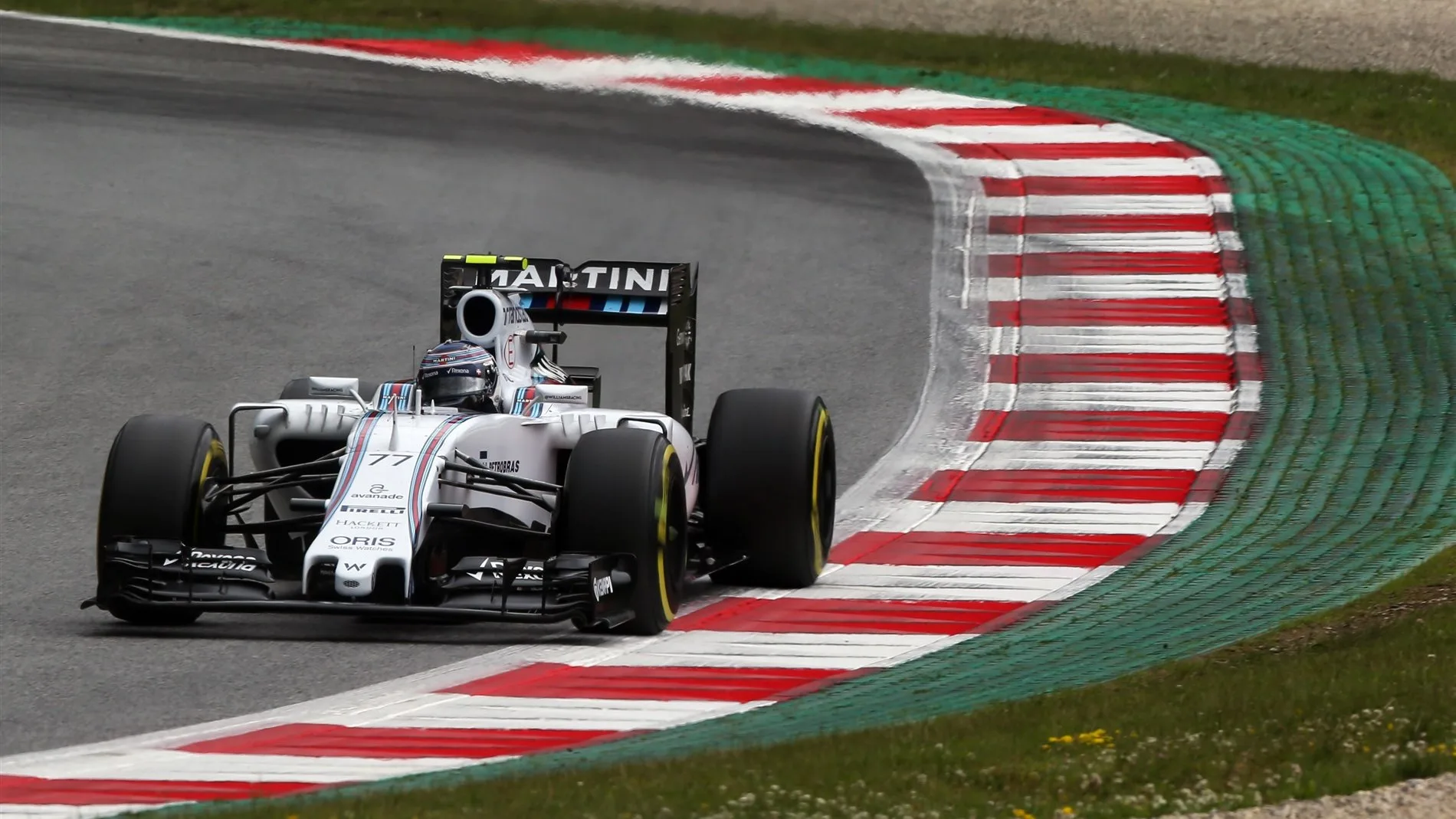
Having taken a surprise front-row lockout in Austria last year, Williams arrived in Spielberg full of hope and with a significant upgrade package in their back pocket.
The team were typically low key in practice, preferring to evaluate their new parts rather than bothering the top of the timesheets, but in qualifying they were right in the thick of the action, with last year's polesitter Felipe Massa grabbing fourth and Valtteri Bottas sixth. Had their final runs not been spoiled by yellow flags - brought about by Hamilton's and Rosberg's offs - they could have placed even higher.
But what makes Williams a potential threat to Mercedes and Ferrari in the race is the pace they showed during long runs in FP2, which compared favourably to the world champions.
"We have a very quick car in race trim," said Bottas, "and so can still have a good fight for the positions ahead." Don't rule out a podium charge from both drivers.
Traffic will send most teams down the one-stop route
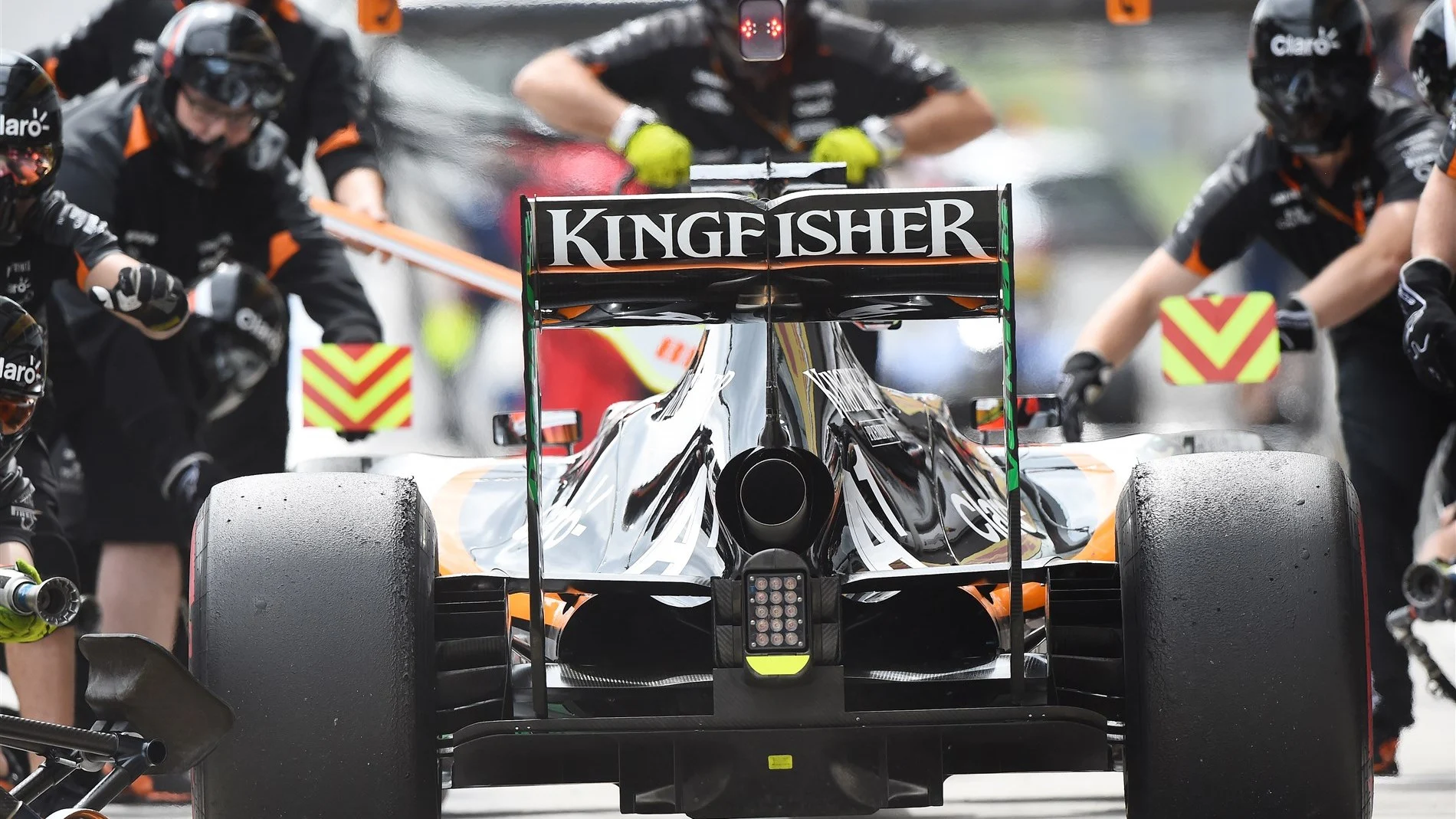
At just 4.3 km long, Austria is one of the shortest tracks on the calendar, and as a result it doesn't take long before traffic becomes an issue. In fact, with several drivers having to take drive-through penalties early on in the race, the field will be spread out rapidly.
As a result, although the fastest strategy on paper for the 71-lap race is a two-stopper (starting on supersofts, taking on more supersofts around lap 31 and then finally softs around lap 60), a one-stop strategy is much more likely.
The one-stoppers will likely head to the pits around lap 25, though it could be sooner if front-left tyre degradation - the limiting factor around Spielberg - becomes an issue. Of course if it rains, strategy will go out of the window...
Styrian showers could spice things up
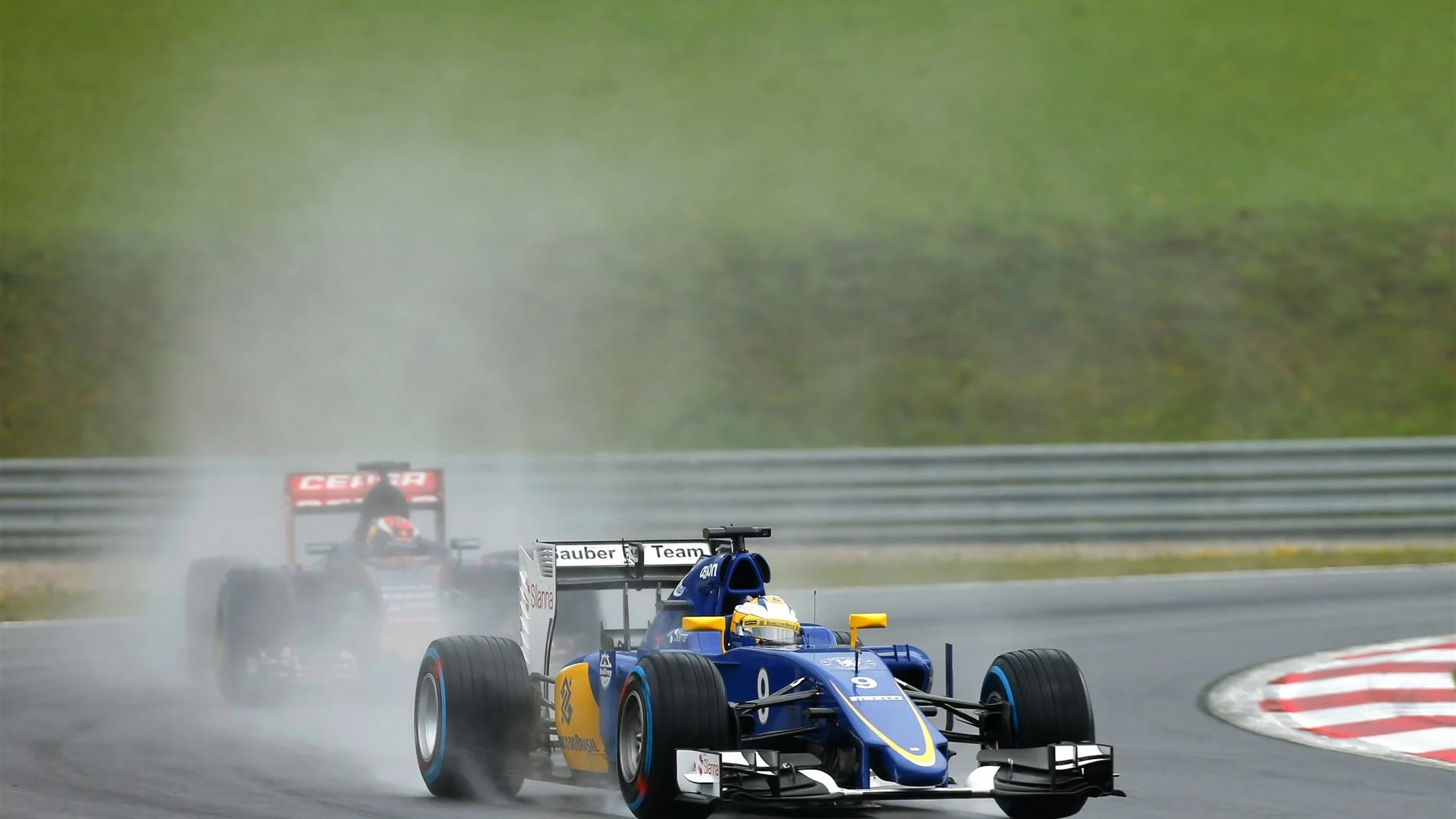
As the rain fell in FP3, many ventured out for exploratory laps, conscious that such conditions could return on Sunday. Few made it round without at least one wild or off-track moment.
The circuit then remained damp at the start of qualifying, producing huge swings in momentum. Unlikely pacesetters included Jenson Button and Marcus Ericsson, while the list of temporary leaders was dwarfed only by the number of drivers to slip off, spin or run across the gravel. But as some struggled others flourished, with the Toro Rossos of Max Verstappen and Carlos Sainz in particular catching the eye.
So while early forecasts might point towards a dry race being the most likely outcome on Sunday, the possibility of showers shaking up the field cannot be overlooked.
Penalised drivers on the charge...
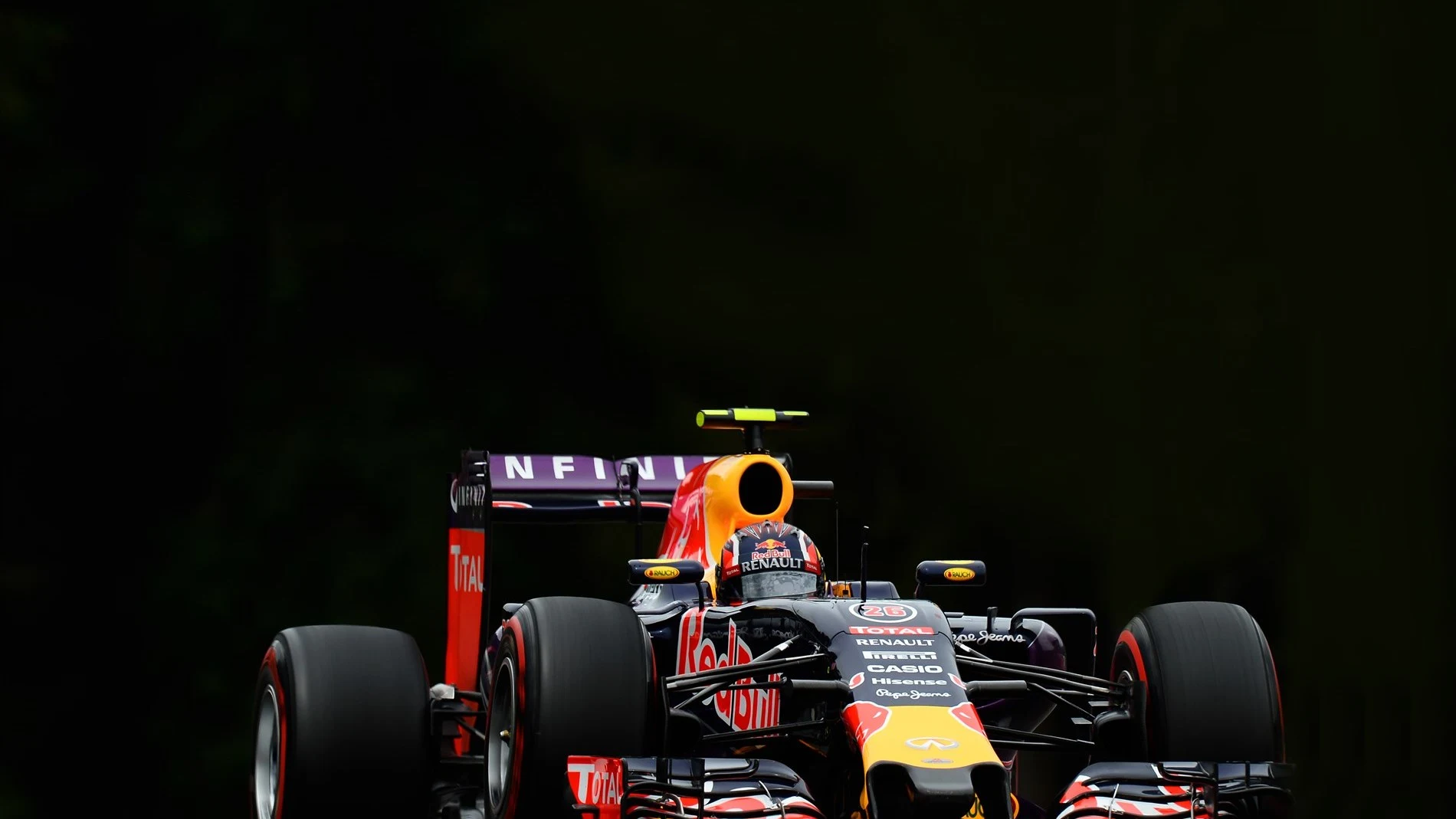
While an incredibly close battle looms at the front of the field, there is also the enticing prospect of watching the Red Bulls of Daniil Kvyat and Daniel Ricciardo fight their way up the field.
For Kvyat, eighth in qualifying becomes 15th on the grid - while Ricciardo drops from 14th to 18th, and also has a five-second penalty to take during the race. But both men have a trick up their sleeve - knowing they would take engine-change penalties here, Red Bull opted for a low-drag set-up to prioritise speed on the straights, making overtaking easier. What's more, Red Bull head into Sunday knowing that only three teams - Ferrari, Mercedes and Williams - can best them on race pace. Marry those dynamics together, and we're likely to see two hard-charging bulls put on a show for the team's home race.
McLaren are slightly harder to read: not only do they lack the raw pace of the Red Bulls, but Fernando Alonso and Jenson Button will slip to the back of the field as they have to take time penalties within the first three laps of the race. Even so, there should be plenty of opportunity for them to move up the order given that they will lock out the back row of the grid.
...while Raikkonen will look to emulate Hakkinen
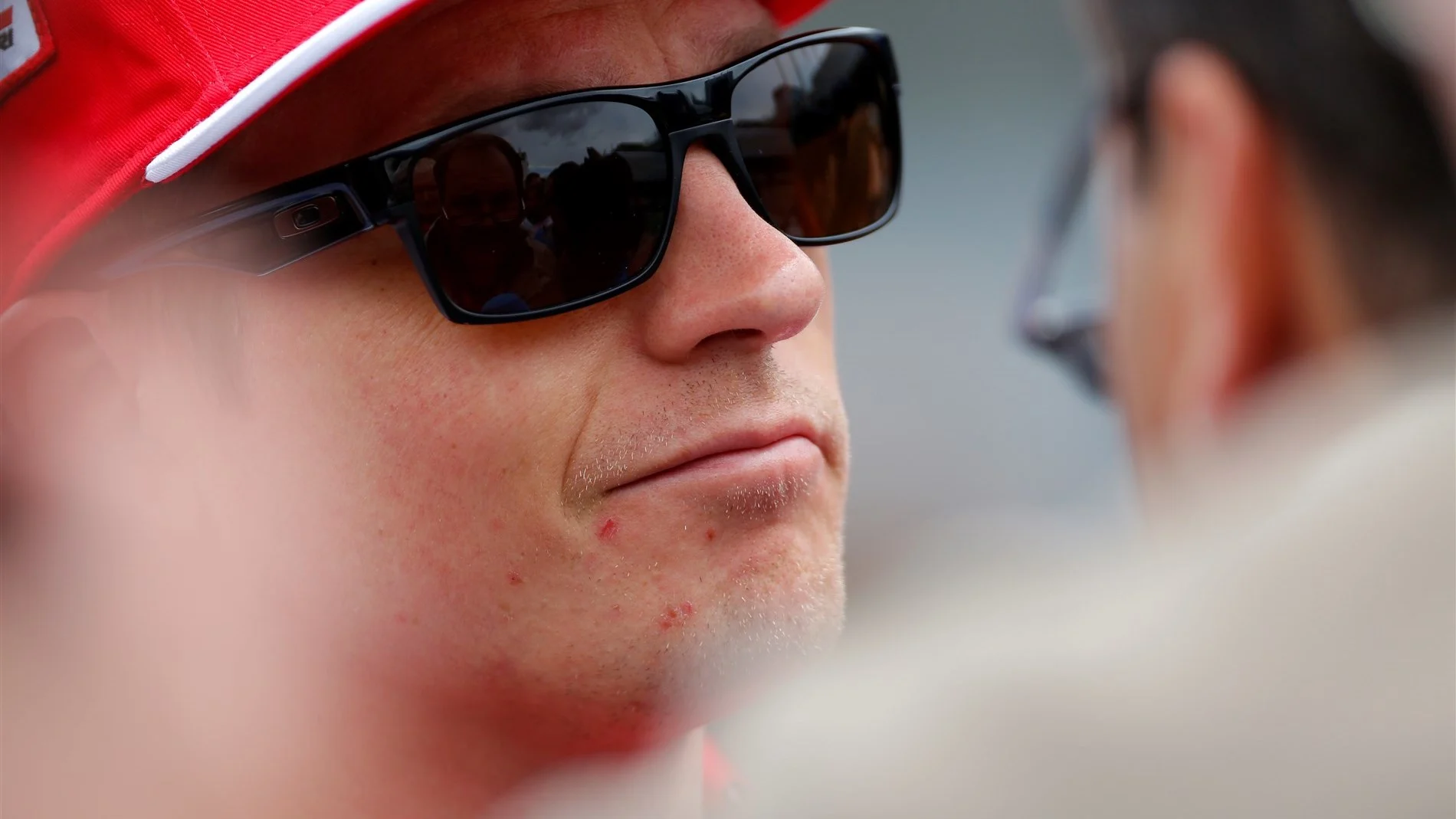
A Finn with race-winning pace falling victim to another's mistake and being forced to scythe his way through the field - sound familiar? Just as Mika Hakkinen pulled it off in 1999, rescuing a podium from disaster, so Raikkonen will have to emulate his countryman this time around.
The good news for the Ferrari man is that 18th in qualifying has already become 14th on the grid due to others' penalties. On Friday, he was also sensationally fast - to the extent that Lewis Hamilton told Mercedes he was not able to raise his pace to match the Finn during their long runs. With Ferrari rapid in a straight line and over a race distance, and with the F15-T typically kind on its tyres, all the ingredients are there for a rescue job. Saturday, in Raikkonen's own words, was "very bad" - but the writing isn't on the wall just yet.
Next Up
Related Articles
 F1 AcademyFerrari sign Larsen for 2026 F1 ACADEMY campaign
F1 AcademyFerrari sign Larsen for 2026 F1 ACADEMY campaign Sainz hopes point-less finish in Abu Dhabi ‘serves as a wake-up call’
Sainz hopes point-less finish in Abu Dhabi ‘serves as a wake-up call’ Hulkenberg pleased to score points in Sauber’s final race
Hulkenberg pleased to score points in Sauber’s final race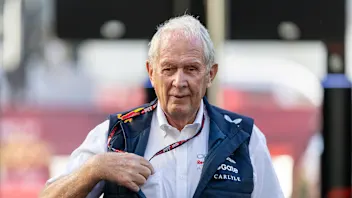 Dr Helmut Marko to leave Red Bull motorsport advisor role
Dr Helmut Marko to leave Red Bull motorsport advisor role Norris collects World Championship trophy at FIA Awards
Norris collects World Championship trophy at FIA Awards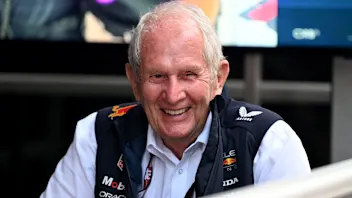 TremayneWhy ‘true racer’ Marko will be missed as he leaves Red Bull
TremayneWhy ‘true racer’ Marko will be missed as he leaves Red Bull